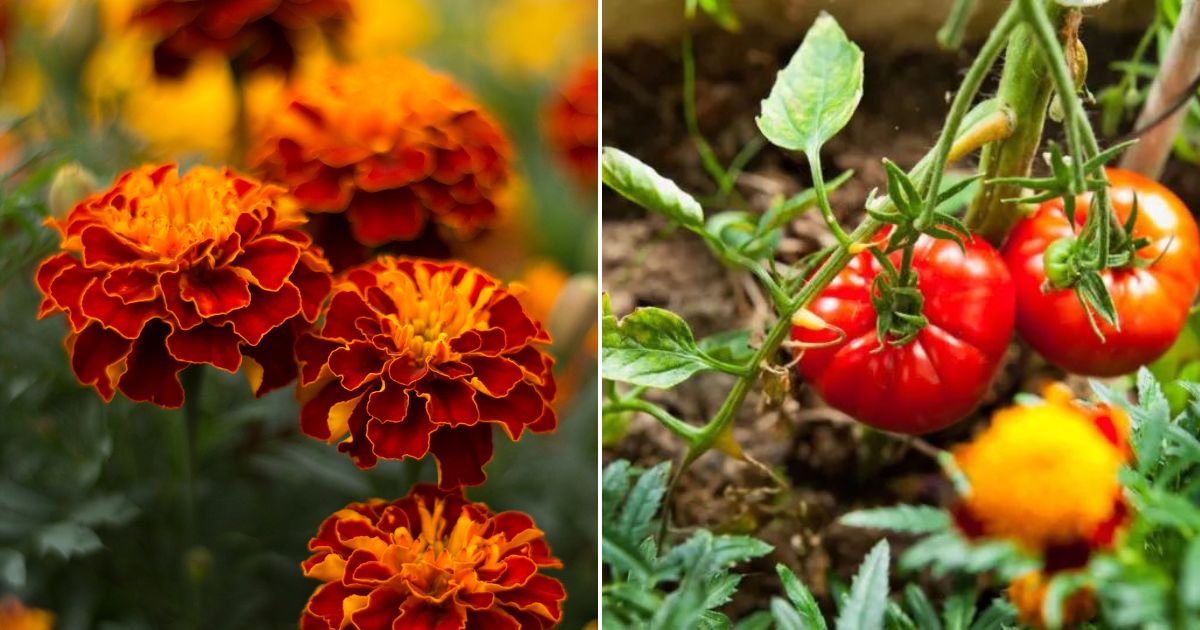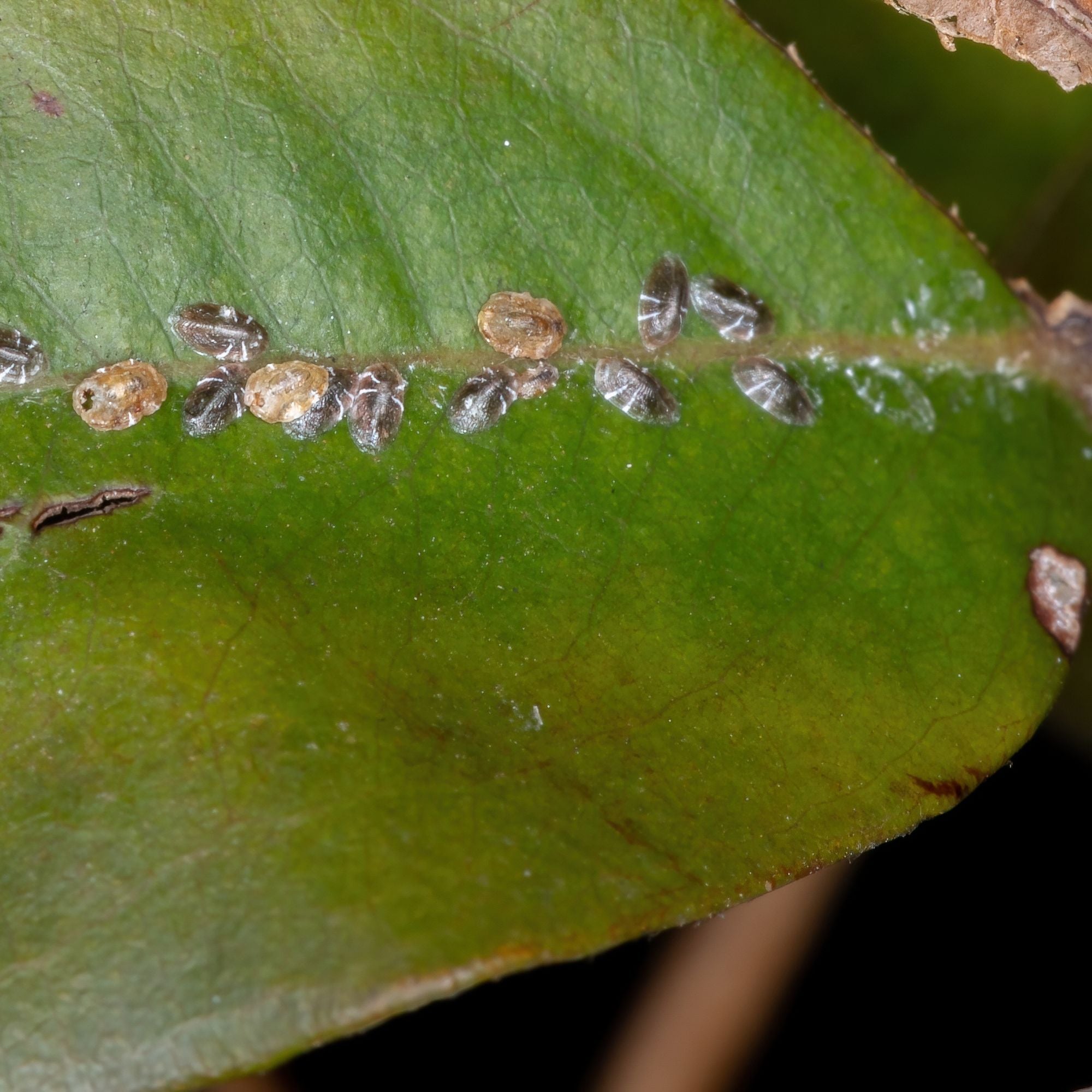Unlock Tomato Success: Why Marigolds Are Your Perfect Companion Plants!

If you’ve ever wondered why some gardeners seem to have tomato beds that practically glow with health while others fight off pests all season, let me pull back the curtain: marigolds are more than a folk remedy—they’re a tactical advantage. After two decades of hands-on experimentation (and more than a few setbacks), here’s what you won’t find in most gardening guides about pairing marigolds with tomatoes.

What Most People Miss About Marigold-Tomato Pairings
Back in 2014, I lost half my Cherokee Purple tomatoes to root-knot nematodes—a disaster that left me combing research papers and grilling older gardeners at our local plot. The solution everyone threw around was “plant marigolds,” but nobody could tell me how—or if it actually stopped the carnage. So, I set up side-by-side test beds: one row of tomatoes with alternating French marigolds (Tagetes patula), another without.
By late July, root inspections told the story—14 out of 16 tomatoes shielded by marigolds had pristine roots; their unprotected neighbors were knotted and stunted. Since then, I’ve refined how (and which) marigolds make this work.

Insider Strategies for Maximum Benefit
-
French Marigolds or Bust
Here’s the secret: only French marigolds (Tagetes patula) have reliably suppressed nematodes and deterred aphids in my trials. African varieties look impressive but do next to nothing for soil-borne pests—don’t be fooled by the size. -
Timing is Everything
Transplanting both tomatoes and marigolds on the same day after your last frost works best. If you direct-sow seeds, start them indoors four weeks before tomato planting time. Why? Marigold roots need to establish early to exude those pest-repelling compounds right when soil temps rise and nematodes get active. -
The ‘Triangle Method’ Layout
Forget neat rows—instead, plant two marigolds for every tomato in a loose triangle around each stem (about 15 inches apart). This setup creates overlapping root zones and maximizes chemical coverage underground while keeping airflow up top—a trick I learned from a master gardener who’d been growing since Nixon was president. -
Mix Varieties for Broader Defense
In years when thrips were especially bad (2020 was brutal), mixing classic orange French marigolds with lemon gem or tangerine gem cultivars attracted more hoverflies—nature’s own aphid assassins—than single-color plantings alone. -
Don’t Skimp on Soil Health
Healthy soil makes this partnership sing. Add compost before planting; both plants thrive in rich, well-drained beds—and stressed or soggy conditions will negate most pest benefits.
Real-World Numbers: What You Can Expect
I like data over hearsay, so here’s what my logs show:
- Aphid sightings on tomatoes dropped by roughly 60% the first year I used dense French marigold borders.
- Whitefly outbreaks went from three major incidents per season to one minor flare-up (easily controlled by hand).
- Average harvest per plant increased by about 1–2 pounds compared to control plots without companions—not just due to fewer pests but because happier plants grow bigger fruit.
- Total cost for an eight-tomato bed: $7 for a flat of French marigold starts at my local nursery, saving at least $25 in lost produce and pest spray that year alone.

Lessons Learned From Mistakes
My first attempt was a mess—I crammed too many robust African marigolds between tomatoes, choking off sunlight and spurring powdery mildew within weeks. Another year, I planted calendula (“pot marigold”) thinking it would do the trick; not only did it fail against nematodes, but Colorado potato beetles seemed unfazed.
Since then:
- Always check labels for Tagetes patula.
- Keep at least a foot between stems.
- Thin ruthlessly if foliage gets dense—better airflow means fewer fungal headaches.
One thing people rarely mention: after heavy summer rains, you’ll actually smell that sharp herbal tang from crushed marigold leaves—a sign those defensive chemicals are active and leaching into the soil zone where they matter most.

Troubleshooting Like a Pro
If you still see gnats or aphids midseason:
- Shake tomato branches early morning over white paper; spot-check for tiny green invaders.
- Pinch off any leggy lower leaves on both crops—it forces air circulation.
- If nematode damage persists despite everything, solarize your bed next year using clear plastic sheeting before spring planting; then reintroduce French marigolds as insurance.
And if your skin reacts poorly to handling these plants? A lightweight pair of nitrile gloves costs under $2 and saves hours of itching—learned that lesson after an ambitious deadheading session left me regretting my choices!
Bottom Line: Why This Combo Endures
After years of trial-and-error (and plenty of conversations with seasoned growers), I can say this isn’t just pretty folklore—the right kind of marigold planted purposefully changes outcomes for homegrown tomatoes. Maybe not miracle-level results every single time—but enough that I’d never put out a tomato plant again without its bodyguard blooms nearby.
So set yourself up for success: start small if you’re skeptical, keep notes on what works in your microclimate, and don’t be afraid to tweak spacing or varieties until you find your garden’s sweet spot. Some years will humble even veteran growers—but most seasons? You’ll pick juicy red fruit surrounded by bursts of gold…with far fewer pests spoiling the show.
That’s not just companion planting—it’s strategic gardening built from experience.



